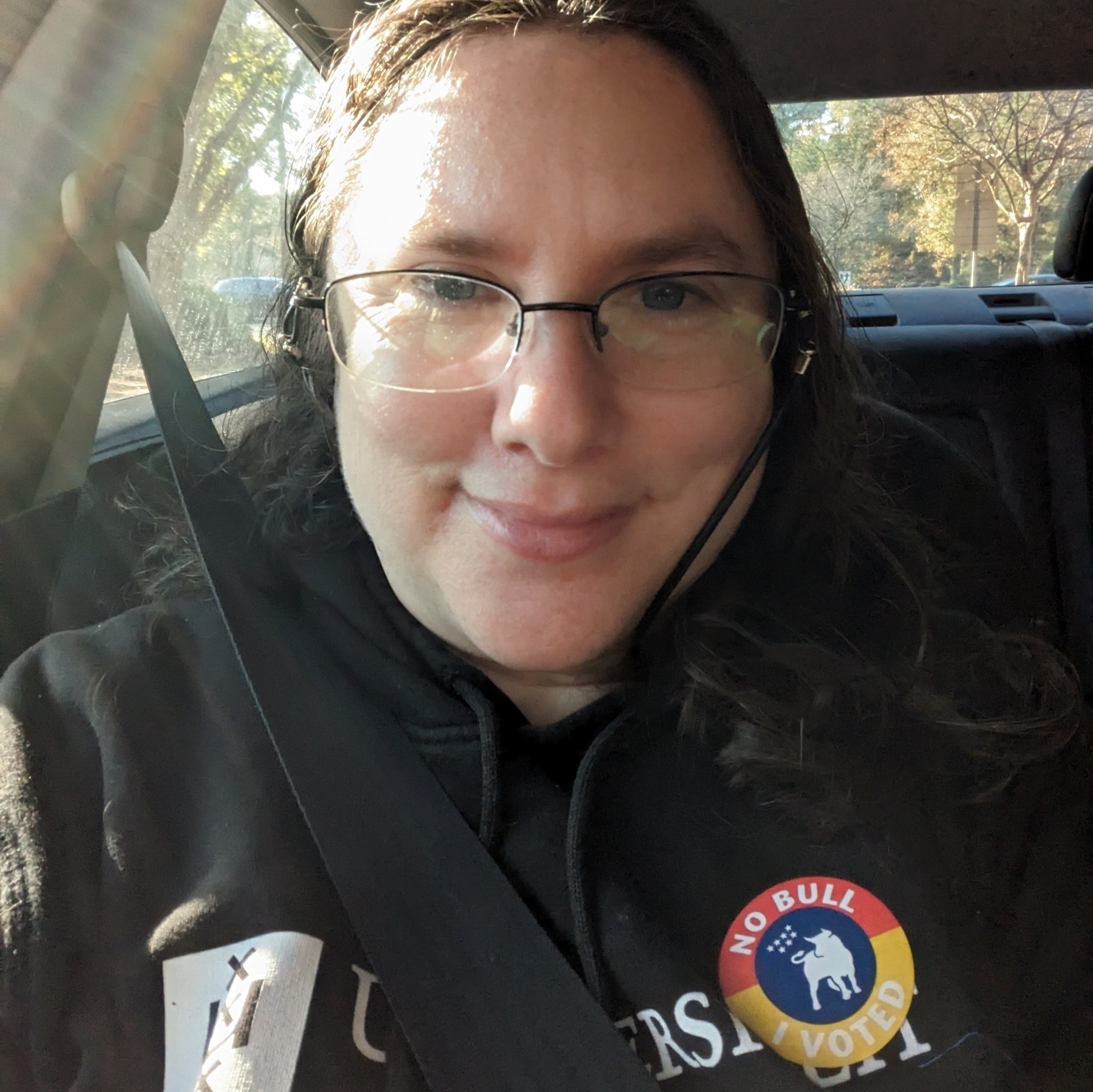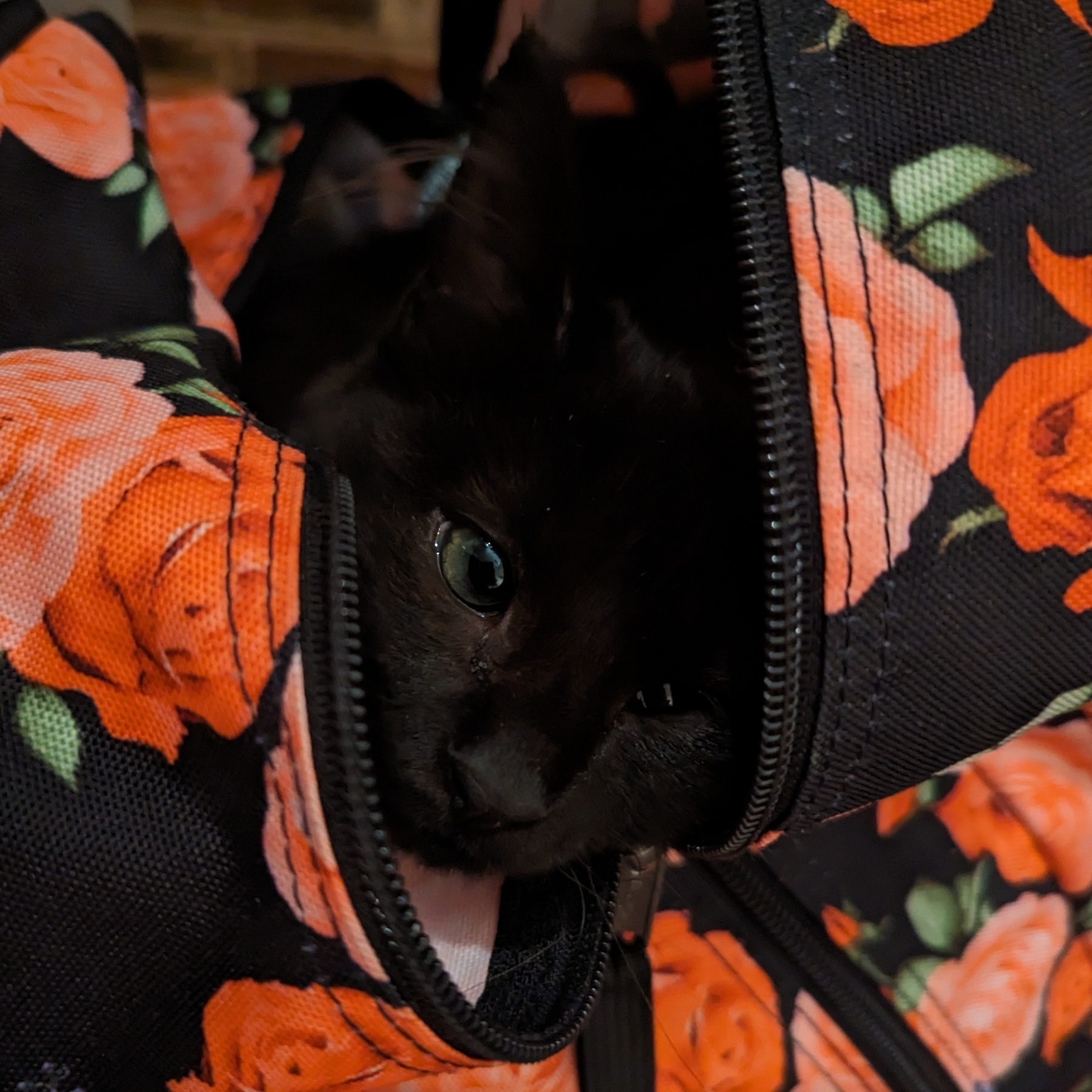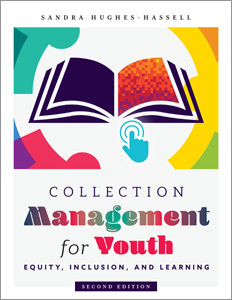🔖 Read:
- What happened to blogging for the hell of it?
- On mobile phones, the small web, and able-bodied privilege
- Follow-up to the phone post & an easy HTML upgrade!
Thanks @gr36 for directing my attention to Whiona!
🔖 Read:
Thanks @gr36 for directing my attention to Whiona!
I’m participating this year in AcWriMo, which is a month of focused academic writing work inspired by NaNoWriMo.
I’m doing this work with support from coach Katy Peplin at Thrive PhD and the AcWriMoments series stewarded by Margy Thomas and Helen Sword.
My current project is something I’m calling The Report: a culminating document sharing what we’ve learned over the course of the grant I’ve been working on with the Connected Learning Lab for the past couple of years.
My first draft was just a very straightforward recitation of the challenges library staff face when they try to implement connected learning and the strategies library staff experienced with connected learning have used to address those challenges.
After I shared that draft with my colleagues, we determined that the challenges and strategies should be integrated.
In trying to write the next draft, I found that all the pieces of the earlier draft were connected in ways that made it hard for me to parse out a linear way to write about them.
So I made a concept map and shared that with my colleagues, asking for their help in creating a structure for the next draft. One of my colleagues reorganized the concepts, creating a clear structure that I thought would work well for the next draft.
So I started the next draft. But as I was writing that, I found that the structure we’d determined for one section didn’t really make sense for that section. So I met with the colleague who has the strongest understanding of the work to talk through the idea of changing the structure of that one section.
After talking with her, I was able to get back to writing.
But all of this revision has been the opposite of flow. Every word felt like I was having to pull up a tree by the roots.
I tend to be a two-draft writer, one draft to get ideas out and then one to make it make sense. I love the feeling of breezily generating new text, something that usually happens after I’ve dug deep into a topic and created a solid and super-detailed outline.
I don’t like revising but if I want my work published anywhere besides my blog, I need to get okay with it.
This whole process has reminded me of the last time I had to revise like this. I banged out a draft of the discussion chapter of my dissertation over the course of one week in a dissertation bootcamp so intense that I couldn’t do much writing for the next two weeks because my brain was fried.
I sent that chapter off to my advisor and one other member of my committee and they came back with a gently worded statement that basically came to, there’s really not much here.
They weren’t wrong, and I wonder if I’d written on my own timeline if that chapter draft would have been better.
But I got through the hard work of revising and ended with a discussion chapter that makes me really proud.
I suppose the best way to get okay with something is to do it a lot, so… I should probably do a lot more revising.
🔖💻 Read Why the Internet Isn’t Fun Anymore by Kyle Chayka (The New Yorker).
Voting selfie!

🔖📚 Read A Pennsylvania Public Library Had Funding Cut Because of LGBTQ+ Books. Then, An Olympian Stepped In..
An important reminder from Kelly Jensen about how libraries are on the ballot today in many places.
🔖 Read The US library system, once the best in the world, faces death by a thousand cuts by Brewster Kale (The Guardian).
A useful reminder that even publishers come for libraries now, with restrictions on digital lending.
If, like me, you grieve Halloween’s passing, I’m delighted to inform you that I have officially extended Halloween season. The last day of the season is now November 22.
Get ready for a jump scare next time you open this backpack.

Collection Management for Youth: Equity, Inclusion, and Learning
Here’s the publisher’s summary of this book:
With a renewed emphasis on facilitating learning, supporting multiple literacies, and advancing equity and inclusion, the thoroughly updated and revised second edition of this trusted text provides models and tools that will enable library staff who serve youth to create and maintain collections that provide equitable access to all youth. And as Hughes-Hassell demonstrates, the only way to do this is for collection managers to be learner-centered, confidently acting as information guides, change agents, and leaders.
I’m reading an ebook so quotes won’t have page numbers.
⭐ systemic inequalities ⭐
“Advancing equity must be our goal.”
⭐ “Equity means that everyone gets what they need to thrive no matter their identity or zip code. When we focus on equity, our ultimate goal becomes justice.” ⭐ GREAT DEFINITION OF EQUITY
demographic data = useful for trends, not getting to know individual youth & communities
opportunity gap: marginalized youth disproportionately experience it
EVEN IN HIGH-RESOURCE ENVIRONMENTS:
“Libraries are not immune to perpetuating inequities.”
disconnection & exclusion
outsider in the library
behavior control → denied access
LIBRARY MAY BE ONLY SOURCE OF INTERNET ACCESS
< ½ LGBT YOUTH CAN FIND INFO @ SCHOOL
in/accessibility
chilling effect of book challenges
LIBRARY STAFF MUST FACE SYSTEMIC INEQUITIES
GORSKI equity literacy framework
“BE A THREAT TO THE EXISTENCE OF INEQUITY”
STRUCTURAL IDEOLOGY MODEL
it challenges:
DEVELOP COLLECTION POLICIES THAT DON’T REPRODUCE INEQUITIES
Focus on what you CAN DO
MOVE BEYOND MAKING SPACE → YOUTH MUST BE ACTIVE PARTICIPANTS & LEADERS
Other reading notes for this book: Introduction

Collection Management for Youth: Equity, Inclusion, and Learning by Sandra Hughes-Hassell
Here’s the publisher’s summary of this book:
With a renewed emphasis on facilitating learning, supporting multiple literacies, and advancing equity and inclusion, the thoroughly updated and revised second edition of this trusted text provides models and tools that will enable library staff who serve youth to create and maintain collections that provide equitable access to all youth. And as Hughes-Hassell demonstrates, the only way to do this is for collection managers to be learner-centered, confidently acting as information guides, change agents, and leaders.
Roles held by the manager of a learner-centered collection:
Goals of the learner-centered collection manager:
The equity framework:
An equitable access environment reflects: